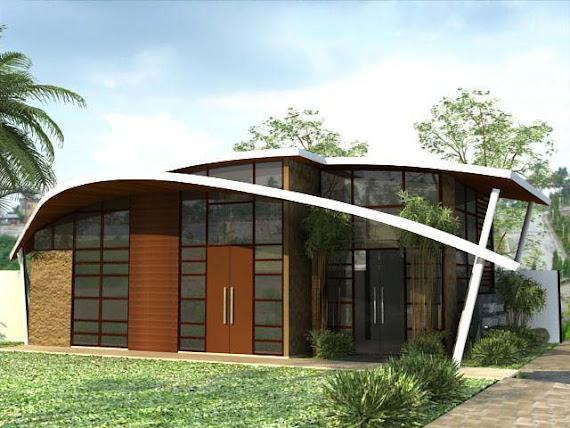
(Introduction given during the Seminar sponsored by the U.S. Embassy from July 25-27, 2008, Taal Vista Hotel, Tagaytay City)
To give you an overview of the seminar, let me go back to the 18th century, during the advent of the Industrial revolution in Great Britain. The discovery and development of new implements and machines created major changes in agriculture, manufacturing, and transportation. That "industrialization", however, was not just confined in Great Britain. It spread throughout Europe, North America, and later, to the world. The demands of industrialization resulted to more demands in the use of coal, a necessary element in the operation of the new machines brought about by the industrialization. Consequently, there was a gradual lessening of the use of water power, wind power, and firewood (existing renewable energies at the time). Also,, as a consequence, it was the beginning of a greater and more consistent emission of coal residue, carbon dioxide, in the atmosphere. Development of new implements and machines created major changes.
Two centuries later, i.e. today, reliable scientific findings say that the amount of carbon dioxide and other gases had produced a greenhouse effect on the earth, These GHG's (greenhouse gases) had formed a film in the earth's atmosphere and trapped emitted gases which resulted to global warming and climate change.
"Warming of the climate system is unequivocal as is now evident from observations of increases in global average air and ocean temperatures, widespread melting of snow and ice, and rising global average sea level." (p.1, Intergovernmental Panel for Climate Change, Fourth Assessment Report)
"Most of the observed increase in global averaged-temperatures since the mid 20th century is very likely due to the observed increase in anthropogenic GHG concentrations. It is likely there has been significant anthropogenic warming over the past fifty years averaged over each continent (except Antartica)." (p. 5., IPCC, FAR)
In 1988, in the United Nations, the delegate of Malta made a proposal to the General Assembly to address this global warming and climate change crises. The UN made a swift response by adopting resolution 43/53 recognizing that, "climate change is a common concern of mankind since climate is an essential condition which sustains life on earth", and determined that, "necessary and timely action should be taken to deal with climate change within a global framework...."
In December 1997, in the United Nations, in the Conference of Parties (COP), adopted the Kyoto Protocol and came up with the four building blocks to address climate change; Mitigation, Adaptation, Technology Transfer, and Financing. Member countries were encouraged to do their share in the reduction of carbon emissions by making a commitment. The world could not only rely anymore on fossil fuels to sustain energy demand. Alternative energy sources must be developed. Renewables again came into the picture. While there were countries that had not really stopped developing and using renewables, the need at present had become very significant and urgent. If we are to sustain the economy, technology, modernity, and development we have today without further endangering the existence of the earth, we must not only reduce our carbon emissions, but we must also find alternative energies that are GHD-less and are acceptably effective. The renewables; wind power, solar power, hydro power, geothermals, and biomass, which are constantly renewed by natural process, are our best friend if not our savior today. Indeed, they are the energies for the twenty-first century and if I may add, for all centuries!





No comments:
Post a Comment